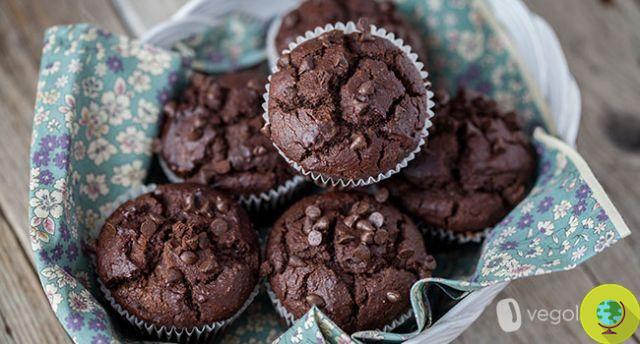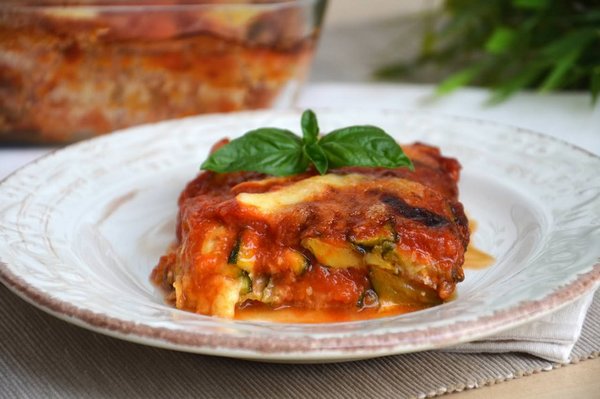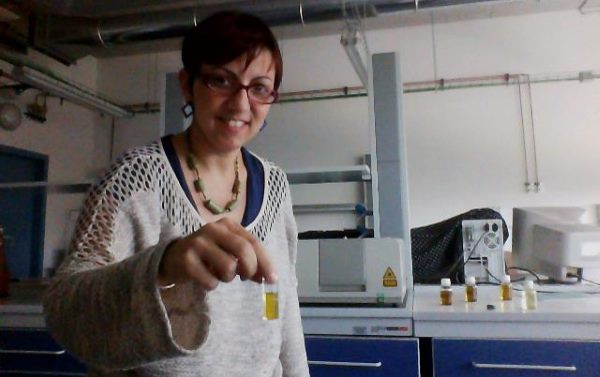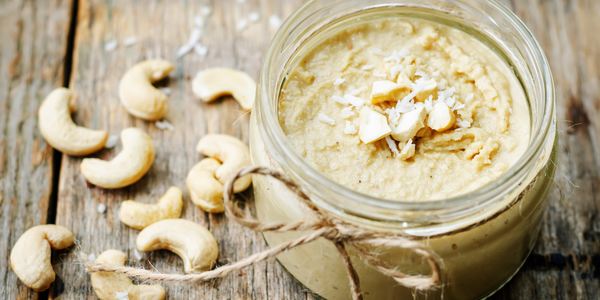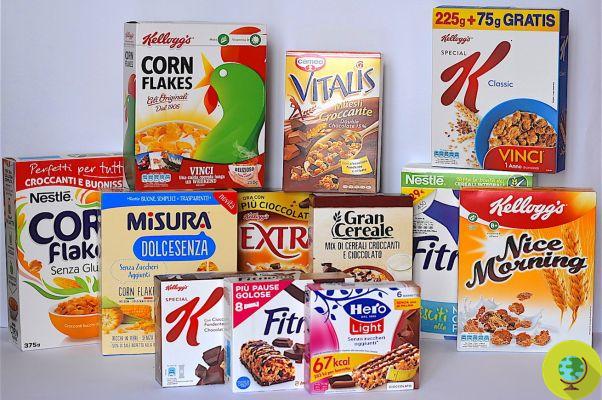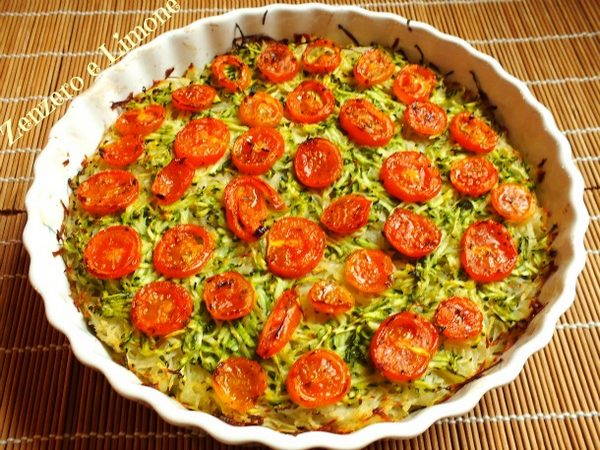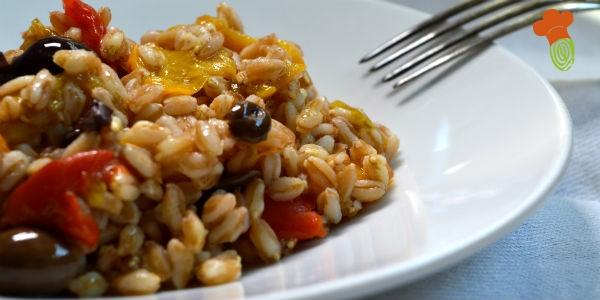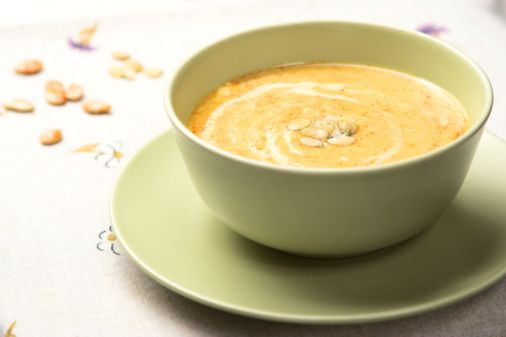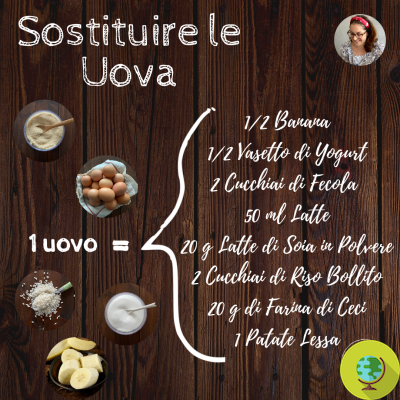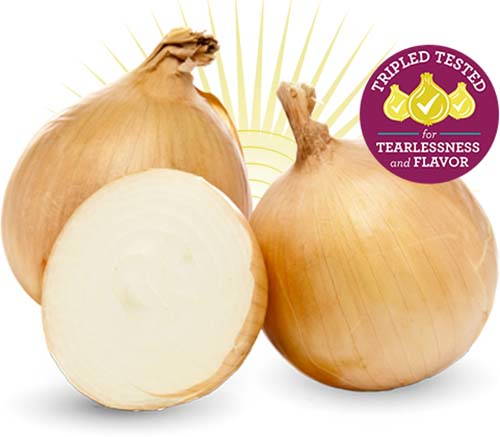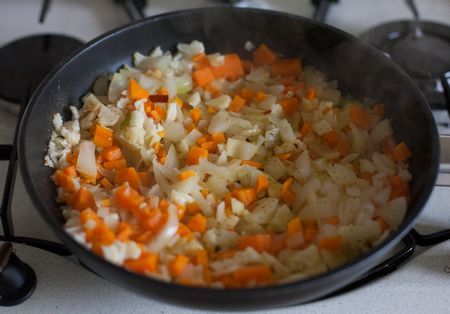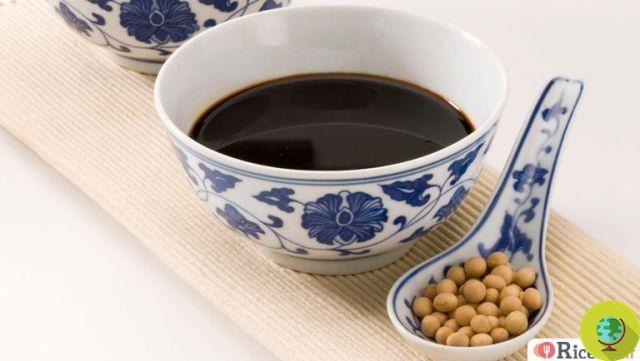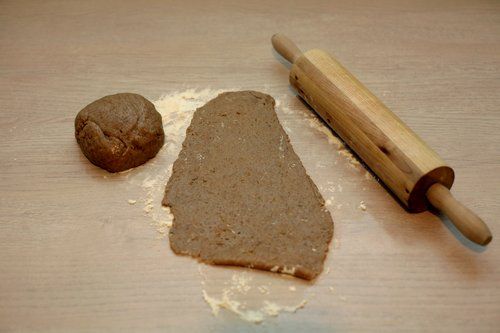Liquid sourdough or licoli and solid sourdough in comparison. Sourdough - by now we know it well - is the only true natural yeast to be used for bread making. Many of you will have already experienced it and take care of it by remembering to refresh it and use it quite often to keep it as vital as possible. There are two types of sourdough: solid sourdough and liquid sourdough.
Don't store avocado like this: it's dangerous
La mother pasta - by now we know it well - it is the only true one natural yeast to be used for baking. Many of you will have already experienced it and take care of it by remembering to refresh it and use it quite often to keep it as vital as possible. There are two different forms of sourdough: the solid sourdough and liquid sourdough.
Some home bakers use both, while others stick to their initial choice. In both cases, the storage in the refrigerator, within a simple glass jar, allows you not to have to devote yourself to refreshments too often, especially in the case of liquid sourdough. It is important to remember that solid sourdough and liquid sourdough they are the same type of yeast. differences they are mainly in the modalities of refreshment and in amount of use.
Index
Solid sourdough
Solid sourdough, as you can easily imagine, has a lower water content compared to liquid sourdough. Storage in the refrigerator allows you to make a refreshments every 7-10 days, but it is better not to let more time pass, to prevent our natural yeast from becoming too acidic. Solid sourdough is easy to recognize because its consistency is similar to that of a small mixture of water and flour, it's sticky, adheres to the walls of the glass jar e does not run, not even by turning the container upside down.
The refreshment of the solid sourdough occurs by adding water and flour in such a way as to double the volume of the natural yeast available and to obtain again a compound of the same initial consistency. Then to refresh a normal jar of solid sourdough, the yeast is extracted from the jar, 1 glass of lukewarm water is added in which to dissolve the sourdough by mixing and followed by the flour (about 100 grams).
That's enough at this point knead briefly and divide the mixture into two equal parts: one to be used for baking and another to be placed in the jar, which we will keep for the next time. Refreshing the solid sourdough if not followed by the preparation of bread or the use of yeast creates a redundancy. It is a good opportunity to prepare a new jar sourdough, to give as a gift to those who still do not use it. The quantities of water and flour needed to refresh the solid sourdough can vary. Each sourdough is different from the other. The state of conservation, the temperature and humidity of the environment can also influence ours mother yeast. With time and experimentation you will learn how to best use and refresh this precious resource, which will allow you to obtain an excellent bread with an ancient flavor.
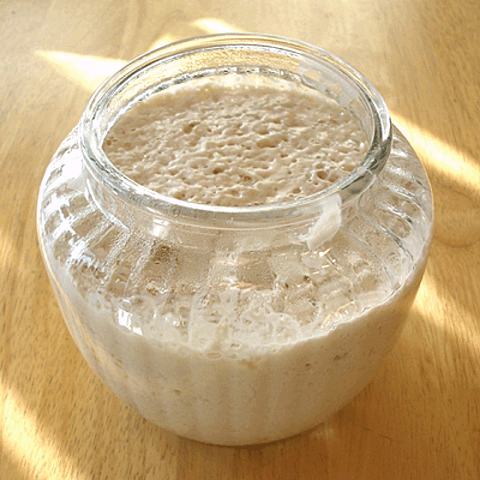
photo source: baking911.com
Liquid sourdough
The liquid sourdough has one increased hydration, i.e. a higher water content than solid sourdough. Liquid sourdough can also be stored in the refrigerator, but it is advisable to choose a rather large jar, so as not to have to resort to a different container, of a more suitable size, for refreshments.
Liquid sourdough, or liquid sourdough, is also called Li.Co.Li. (o licoli) to distinguish it more easily from solid sourdough. The breaks between refreshments and the other they are more spaced out and can reach and even exceed 30 days. Refreshment is much faster, as there is no need to take the liquid sourdough out of the jar or knead. Just add water and flour directly into the storage container and mix everything with the electric whisk.
Should liquid form on the surface while storing the sourdough, this is sufficient mix well and everything will return to normal. The liquid sourdough, compared to the solid one, has a less acidic odor. This has a positive effect on bread making, giving the recipes a more neutral taste, more similar to that of the purchased bread. Those who love the typical taste of homemade bread with natural yeast should therefore use solid sourdough.
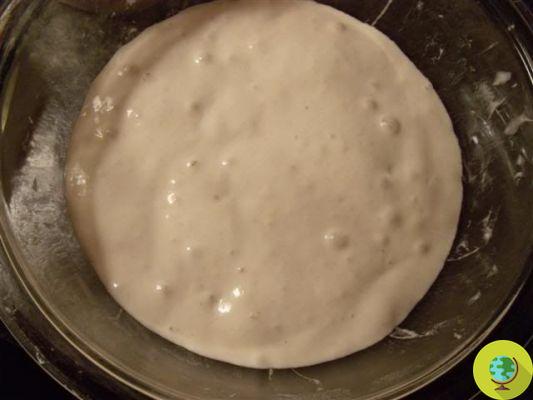
photo source: photobucket.com
Conversion table
The various recipes found in books or on the web may require the use of solid sourdough or liquid sourdough. From this point of view it is essential to have a tool that allows you to calculate how much yeast to use as an alternative to the solid or liquid indicated in the ingredients, if you do not have it. For example, if we have solid sourdough available, but the recipe calls for liquid sourdough, replacement is possible. However, it is necessary to know the exact doses. To do this, just use the online converter offered by the website pastamadre.altervista.org.
Converts solid mother paste to liquid mother paste
It's possible transform the solid sourdough into liquid sourdough. If you are in the mood for experimentation, you could try to make your own liquid sourdough, keeping aside a small piece of solid sourdough, if you are not satisfied with the result. For the transformation, you will have to add water and flour gradually, over about 32 hours, until you get a composed of a creamy consistency, which will be your new liquid sourdough. Follow Thu all instructions to get started.
Which sourdough do you use? Solid or liquid? We look forward to your suggestions and recipes.





